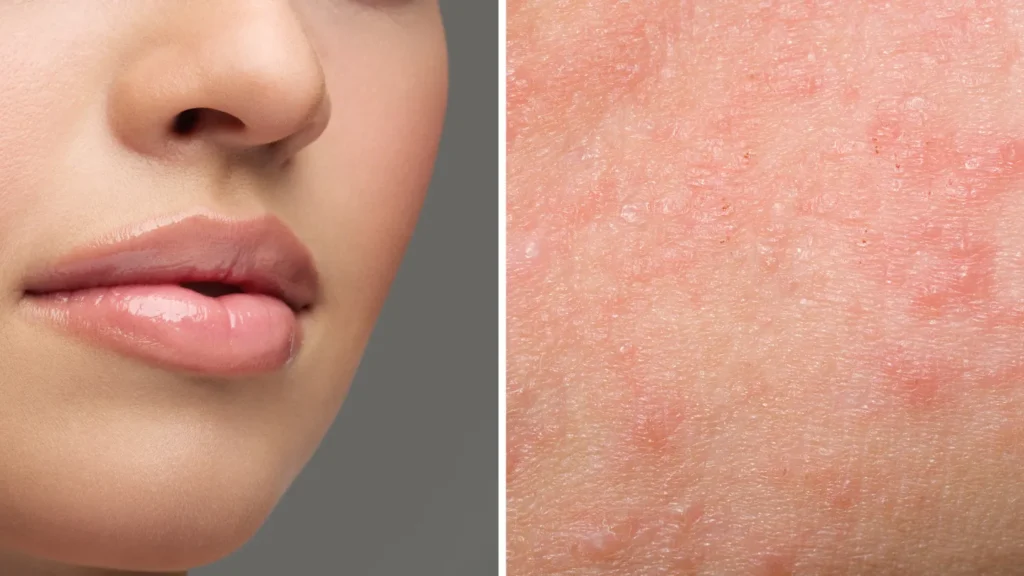
Cover 53

Cover 53
More people are noticing small, tight white bumps on their lips, mouth, nose, and genital areas, leading to concern.
Many turn to online forums and medical professionals, seeking answers about these mysterious spots.
Fears often arise that the bumps could indicate a skin condition, an allergic reaction, or even an STD.
The unexpected appearance of these spots can cause unnecessary anxiety and embarrassment as individuals try to uncover their cause.
Many seek medical specialists for guidance, while others turn to online searches, often ending up more confused and anxious.
These bumps are usually described as small, whitish-yellow spots that are painless yet difficult to ignore, especially when they appear in prominent areas.
Many mistakenly identify these bumps as warts, cysts, or early signs of herpes, leading to unnecessary panic and, in some cases, improper medical treatment.
Medical research indicates that these bumps are actually sebaceous glands, which naturally occur in about 80% of adults, typically appearing during puberty or later in life.
Despite being common, many people are unaware of these growths, leading to misconceptions and unnecessary concern.
These bumps are more frequently seen in men, though women can also develop them, particularly around the vaginal lips or inside the oral cavity.
The emotional toll can be significant, as societal judgment often leads to stigma and misclassification as a sexually transmitted infection.
Even medical professionals sometimes misdiagnose these bumps, mistaking them for molluscum contagiosum or genital warts due to their similar appearance and location.
This condition often goes unnoticed for years until medical experts identify it.
The truth? These harmless growths are known as Fordyce spots and pose no health risks whatsoever.
Named after Dr. John Addison Fordyce, these spots are simply sebaceous glands that naturally occur on the skin.
Because they are a normal part of the body and not linked to any disease, Fordyce spots cannot spread between individuals.
Treatment is only sought for cosmetic reasons, with options including laser therapy or specialized creams.
The Cleveland Clinic confirms: “Fordyce spots are not sexually transmitted and pose no health risk.”
These small marks are simply a natural part of human physical diversity.
Since they are not indicators of any illness, there’s no need to worry—Fordyce spots are just a normal feature of the human body.